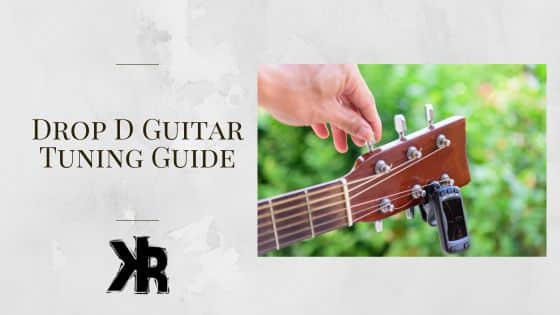Table of Contents
At the core of guitar music lies a tuning technique that has been used by countless rock legends. Simple yet revolutionary, this slight adjustment to one string opens a floodgate of sound potential.
Welcome to the world of Drop D tuning, where guitarists effortlessly create powerful chords and catchy riffs that pack a punch.
From the grunge anthems of Nirvana to the intense, heavy riffs of Metallica, Drop D tuning has quietly played a key role.
And anyone can use this powerful and versatile tuning technique, even a person who has recently picked up the guitar!
This Killer Rig article will look into its intricacies, explore the advantages, and even tackle potential drawbacks.
What is Drop D Tuning?
Drop D tuning, at its core, is a simple yet impactful modification to the standard string arrangement. Most guitars are traditionally tuned to E-A-D-G-B-E. Drop D tuning requires lowering the pitch of the thickest (E) string by a whole step.
So, the strings would be tuned to D-A-D-G-B-E.
What does this achieve? Firstly, it provides a richer, deeper sound, especially for chords played on the lower three strings. This deeper resonance is a favorite among rock, metal, and acoustic artists alike, enabling them to create powerful rhythms and riffs.
Now, with the thick E string tuned down, power chords (often used in rock music) become easier to play. Instead of the usual finger-stretching shapes, guitarists can simply barre their fingers across the top three strings, making transitions smoother and faster.
With this tuning, guitarists can explore new chord voicing and melodic patterns, giving their compositions a personal flavor.
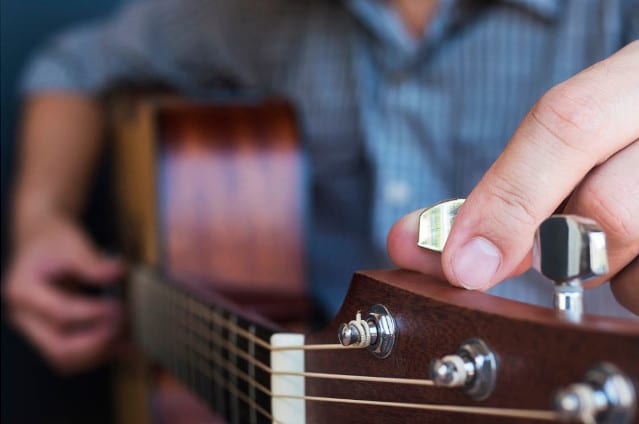
How to Tune a Guitar to Drop D
Tuning your guitar to Drop D is a straightforward process that doesn’t require any special equipment, though a chromatic tuner can make the job easier and more precise. We also have a free tuner you can use. Follow these steps to get your guitar ready:
- Start with Standard Tuning: Ensure your guitar is in standard tuning first. From the thickest to the thinnest string, that’s E-A-D-G-B-e.
- Focus on the Low E String: The only string you’ll be adjusting in Drop D tuning is the thickest string, known as the low E string.
- Lower the E String: Begin to turn the tuning peg for the low E string, decreasing the pitch. Play the string as you adjust, listening as it drops in tone.
- Match with the D String: As you lower the pitch of the E string, your aim is to match it to the sound of the fourth, or the D string. Once they sound the same, your guitar is in Drop D tuning. If using a chromatic tuner, it will indicate when you’ve reached the D note.
- Check and Play: Once tuned, play some chords or notes to get a feel for the new tuning. You might notice the guitar sounds heavier and allows for simpler chord shapes on the top three strings.
- Retune as Necessary: Strings can sometimes drift out of tune, especially if they’re new or if the guitar is exposed to changing temperatures. It’s a good practice to occasionally check your tuning and make adjustments as needed.
By following these steps, you’ll be well on your way to exploring what this popular alternate tuning has to offer.
Is a Special Setup Necessary?
When it comes to adapting a guitar for Drop D tuning, many wonder if a special setup is required. Generally, guitars can be tuned to Drop D without extensive modifications.
However, certain adjustments might enhance playability and sound quality. These adjustments include:
- String Gauge: Heavier strings can better accommodate the lower tension of Drop D tuning, providing a richer sound and reducing the likelihood of the string buzzing.
- Truss Rod Adjustment: The change in string tension might necessitate a slight truss rod adjustment to maintain optimal neck curvature.
- Intonation Tweaks: Tuning to Drop D can affect the guitar’s intonation, especially on the lower E string. A minor adjustment to the bridge might be needed to ensure that the guitar stays in tune across the fretboard.
- Action Adjustments: Depending on the guitar and string gauge, action adjustments might be beneficial to ensure comfortable playability.
While not strictly necessary, these small adjustments can make a significant difference in the guitar’s performance in Drop D tuning. It’s always recommended to consult with a professional guitar technician for optimal results.
How to Play Chords in Drop D
Drop D tuning opens up a new world of chord shapes and sounds. Here’s a guide to help you navigate this alternate tuning.
Open Chords
In Drop D tuning, many of the open chords you’re familiar with from standard remain the same, as long as they don’t use the 6th string. Here are some examples.
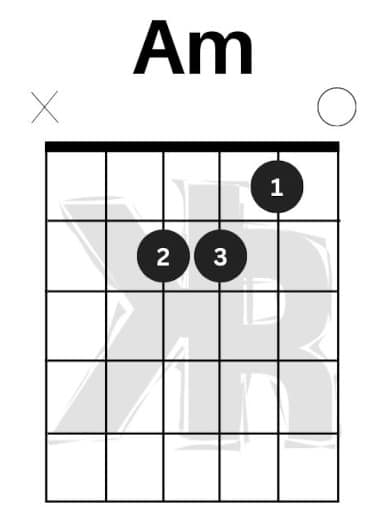
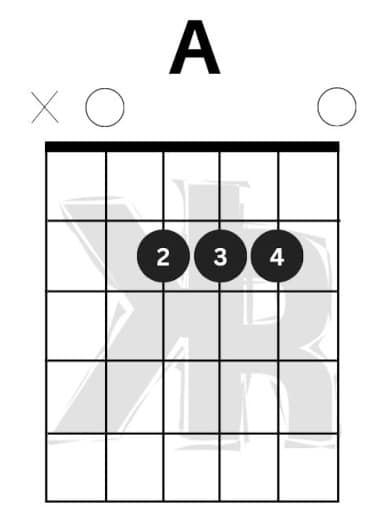
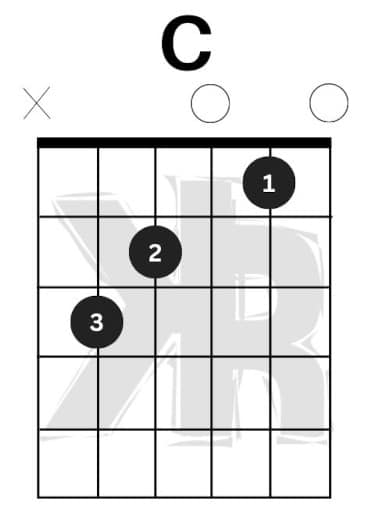
For chords that do use the 6th string, you’ll need to adjust your finger positioning. Here are some new chords to learn for Drop D.
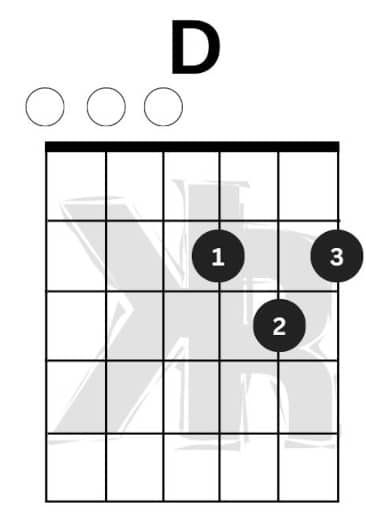
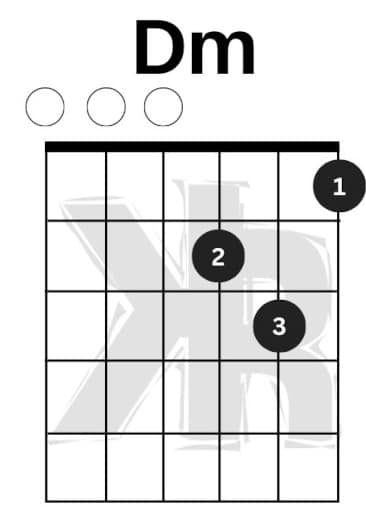
Power Chords
Power chords become even easier to play in Drop D tuning. Instead of using two or three fingers to play a power chord as you would in standard tuning, you only need one finger. Here’s how you play power chords:
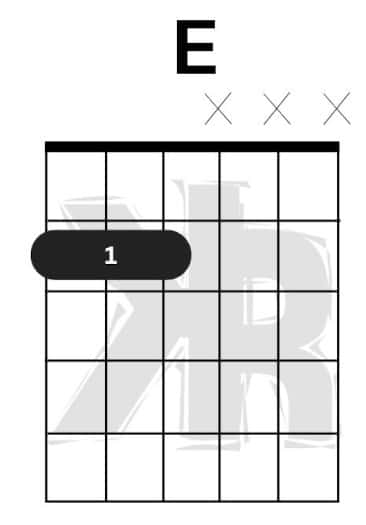
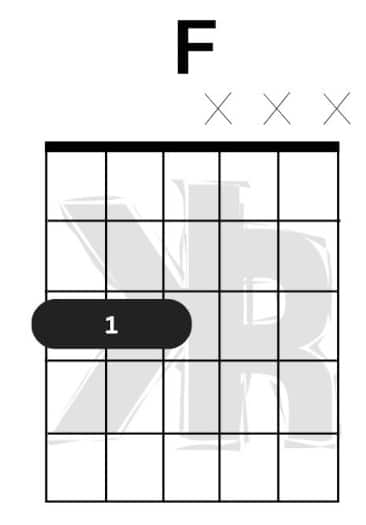
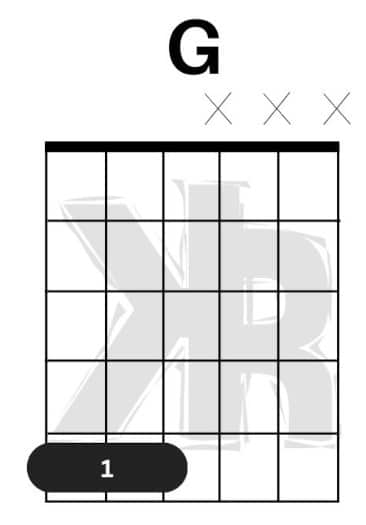
Pros and Cons of Drop D Tuning
Pros
- Richer Sound: The lowered E string imparts a deeper resonance to the guitar, leading to a fuller, more impactful sound especially when playing chords on the top strings.
- Effortless Power Chords: Power chords become a breeze with Drop D. With the ability to use a single finger barre on the top three strings, transitioning between chords becomes more fluid.
- Broadened Musical Horizons: This tuning can provide a fresh perspective on the fretboard, enabling players to uncover new chord shapes, melodic patterns, and riffs.
- Ease for Beginners: Certain chord shapes and scales become simpler in Drop D, potentially making it easier for beginners to start on the guitar.
- Versatile Across Genres: Not limited to rock and metal, Drop D tuning can be applied beneficially across multiple genres, from blues to acoustic.
Cons
- Adjustment Period: Players accustomed to standard tuning might initially find it disorienting to navigate the fretboard in Drop D.
- Tuning Stability: Continually switching between standard and Drop D can potentially lead to more frequent tuning adjustments, especially on guitars that don’t hold their tuning well.
- Limited to Certain Sounds: While Drop D can introduce a fresh tonal landscape, it may not be suitable for songs or pieces that require the pitch range offered by standard tuning.
- Potential String Wear: Continual retuning might lead to faster wear and tear on the E string, necessitating more frequent string changes.
- Dependency Concerns: Relying heavily on Drop D can lead to a dependency on its simplified chord shapes, potentially hindering the development of versatility in playing techniques.
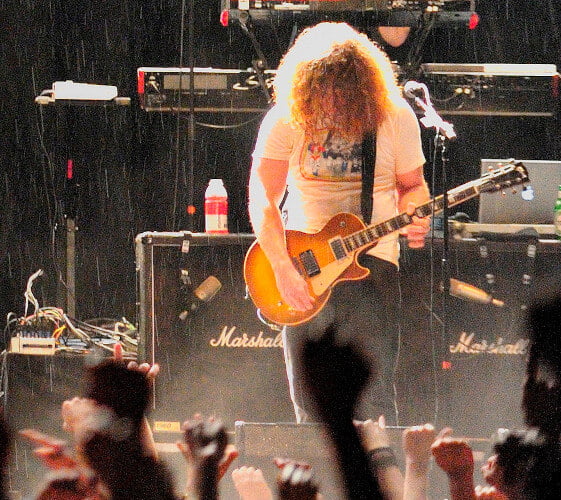
Famous Artists Who Use Drop D Tuning
Drop D has found favor with a host of famous artists, each using it to carve out their sonic identities. Let’s shine a spotlight on some of these six-string virtuosos and their notable use of Drop D tuning.
- Jimmy Page: The legendary Led Zeppelin guitarist frequently used Drop D to add depth and heaviness to his riffs. Songs, like Moby Dick and Going to California, showcase Page’s masterful use of the arrangement.
- Kurt Cobain: The Nirvana frontman was known for his heavy, grungy riffs, many of which were played in Drop D tuning. The iconic ‘Heart-Shaped Box’ is a prime example of Cobain’s use of this tuning.
- Dave Grohl: As the frontman of Foo Fighters, Grohl has used Drop D in a number of the band’s hits. The driving riffs in ‘Everlong’ and ‘Monkey Wrench‘ are testament to Grohl’s affinity for the tuning.
- James Hetfield: The Metallica guitarist has used Drop D to add extra weight to the band’s heavy metal anthems. Songs like ‘Just a Bullet Away’ and ‘Sad But True’ feature Hetfield’s use of this tuning.
- Chad Kroeger: The Nickelback frontman has used Drop D tuning in a number of the band’s hits, including ‘How You Remind Me’ and ‘Animals’.
Loads of musicians, and not just a few, have turned to Drop D tuning to spice up their melodies. By throwing in this twist, their songs pack a harder punch and have a wider range.
It’s no small thing how this simple switch can really dial up the music, no matter what style it belongs to. This underlines just how dynamic and multi-use Drop D tuning truly is.
FAQs
Why is drop D tuning so popular?
Drop D tuning is popular for several reasons. It’s easy to achieve, requiring only a single string to be detuned from standard tuning.
It’s also gentle on the guitar, not adding extra tension to the neck or bridge. Additionally, it allows for a broader range of pitches, gives a heavier sound, and is versatile across various musical genres.
Why Does Drop D Sound So Good?
Drop D tuning sounds good because it adds depth and richness to the guitar’s sound. By tuning the lowest string down to D, you can access lower pitches, which can give your music a fuller, heavier sound.
It also opens up new chord shapes and makes playing power chords easier, which can enhance your music.
What Van Halen songs use drop D tuning?
Van Halen has used Drop D tuning in several songs. One notable example is ‘Unchained’, where Eddie Van Halen uses it to create the song’s heavy, driving riffs.

